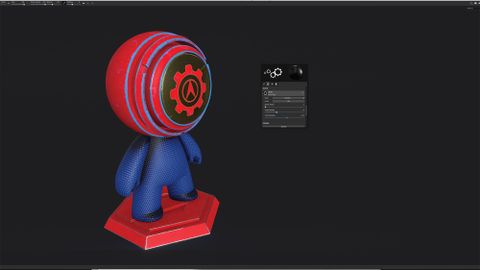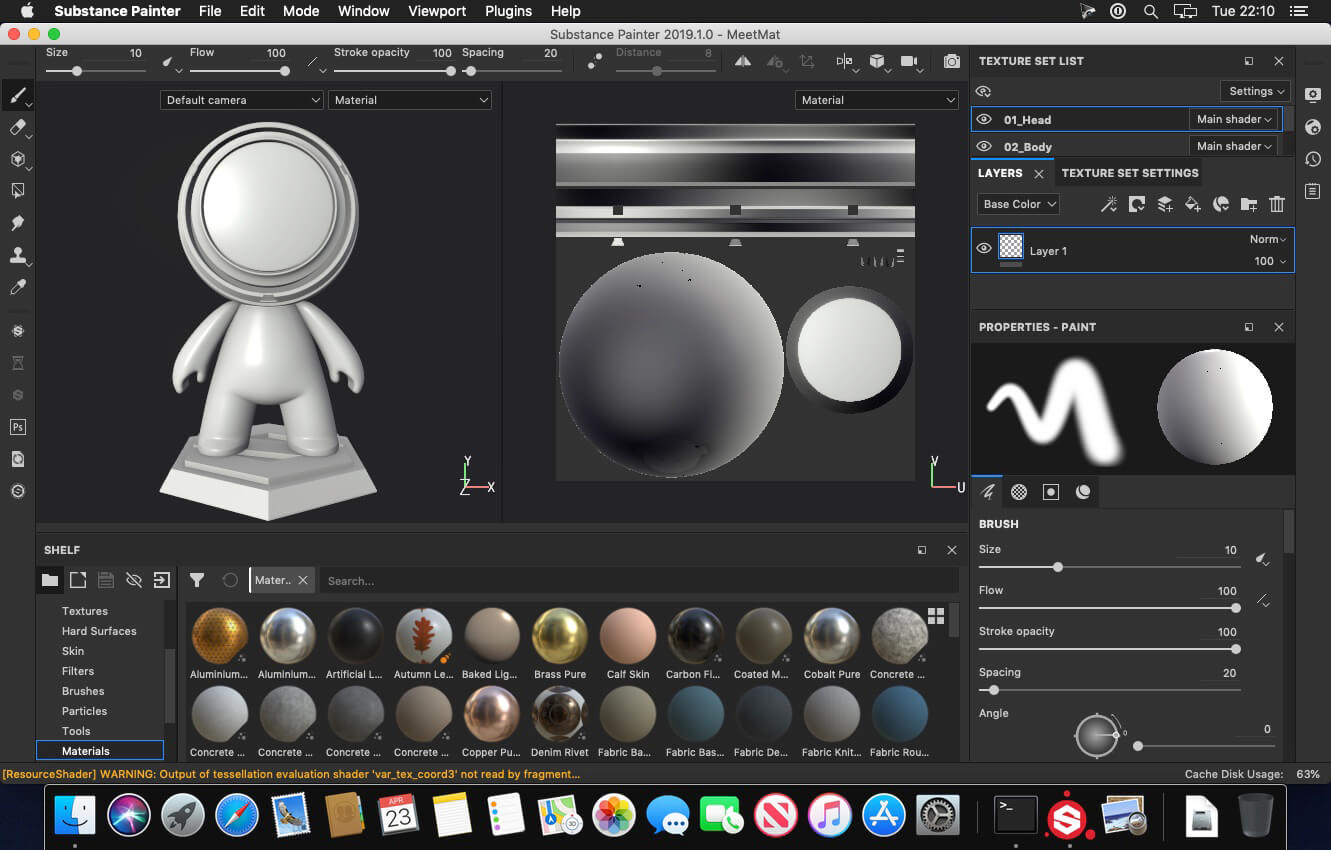



In the end, Designer always outputs textures that have to be applied via some kind of material shader. Substances can also be created at runtime - this is useful to keep the binary small or to create effects that might change over time. Substance Designer can create much larger and more complex textures that can then be baked and then applied at runtime via a UE4 Material. There is some capability crossover with the built-in UE4 Material Editor - but, in general, the built-in UE4 material editor lets you generate shaders that are applied at runtime. If you have any feedback on how OCIO is working for you, we’d love to hear it: there are a few ways to get in touch with us notably, you could post your thoughts on the Substance 3D Discord (on the painter-discussion channel), or in the color management topic of the Adobe Support Community (Substance 3D Painter).Designer lets you generate parametric textures at both runtime and design-time. For now, our goal in including OCIO support in this release of Painter is to let artists and studios start integrating Painter’s color management into production pipelines, so that we can get a broader feel of how efficient this new color-managed workflow is, as well as where we still need to make refinements. We also plan to add support roles from OCIO configuration, as well as various other improvements. And we’ll be adding dedicated presets for other game engines in future releases, allowing you to take your work into a wider range of apps without any specific configuration of settings. This release allows you to maintain color consistency when importing projects into Unreal Engine or Unity thanks to the ACES configurations shipped with Painter. We’ll be making even more improvements to Painter’s OCIO color management in future updates. Note that if an environment variable is set by your operating system (the ‘.ocio’ variable, in this case), this will replace the default config.ocio file shipped in Substance 3D Painter, and your project will use the color settings established by your operating system. This is especially useful for workflows such as those involved in a large-scale studio pipeline in such cases color information will remain consistent as the project passes from app to app. The result of this is that the precise appearance of your colors will remain identical, no matter which software, engine, or renderer you’re using. As your project moves from Painter to other apps in your workflow, the project itself defines how color information will be interpreted.

Now, this information is stored in a file within your project (‘config.ocio’), which can be modified at any time. Previously, information on how Painter interpreted your project’s color data was lost once textures were exported – meaning that it was possible, for instance, for your greens or reds to change appearance as your project passed from app to app. This update brings a big change to how Painter handles color information.


 0 kommentar(er)
0 kommentar(er)
